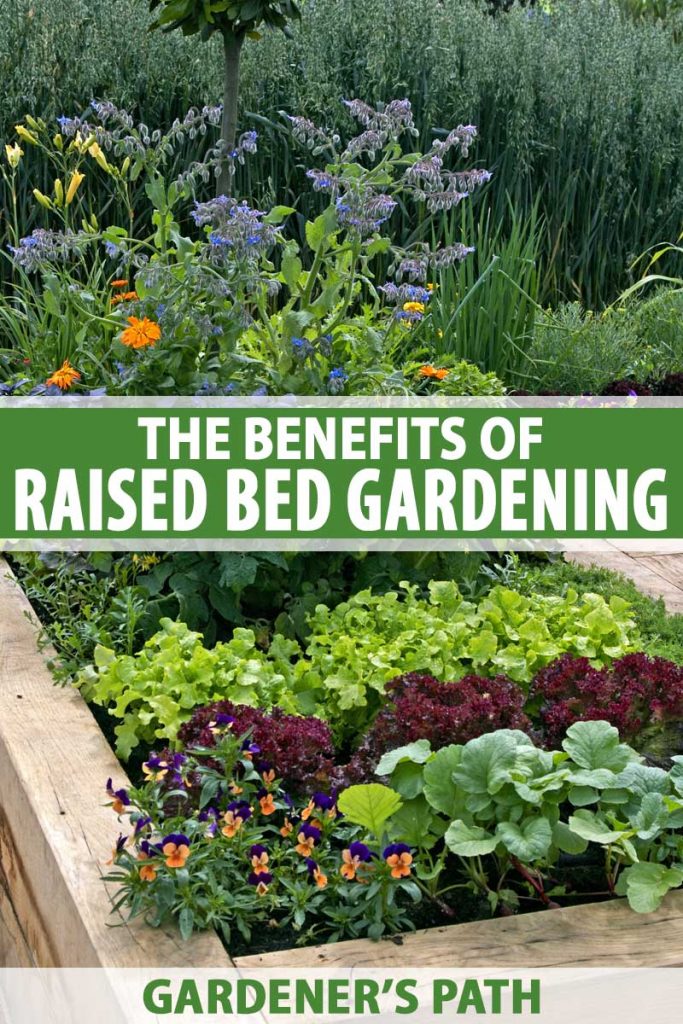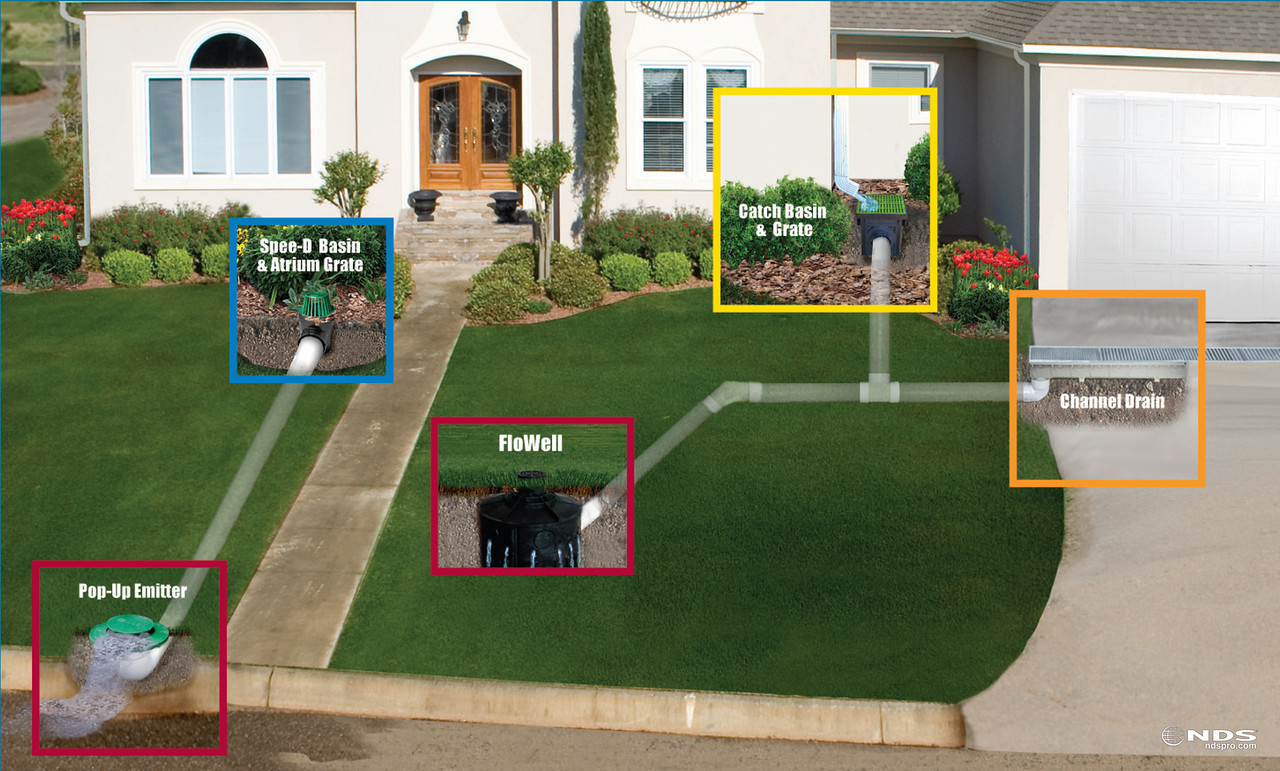How To Boost Yields: Benefits Of Raised Bed Gardening

Imagine transforming your garden into a lush, productive oasis where every seed you plant thrives. Raised bed gardening is the secret weapon that can make this dream a reality. Whether you're a seasoned gardener or just starting out, the benefits of raised bed gardening are undeniable. From better drainage to easy access, this method can revolutionize your vegetable gardening experience. Let's dive in and explore how raised bed gardening can boost your yields and elevate your garden design.
Understanding Raised Bed Gardening
Raised bed gardening involves creating elevated planting areas filled with rich, well-draining soil. These beds are typically framed with wood, stone, or metal and can be customized to fit any garden design. By raising the soil level, you create an optimal environment for root growth, ensuring your plants get the best start possible.
The Benefits of Raised Bed Gardening
Better Drainage
One of the primary advantages of raised bed gardening is improved drainage. Poor drainage can lead to waterlogged soil, which suffocates plant roots and encourages disease. Raised beds allow excess water to drain away quickly, keeping the soil aerated and healthy. This is particularly beneficial in areas with heavy rainfall or clay soil.
Easy Access
Raised beds make gardening more accessible. By elevating the soil, you reduce the need for bending and kneeling, making it easier to tend to your plants. This is especially helpful for gardeners with mobility issues or those who simply want a more comfortable gardening experience.
Enhanced Root Growth
The loose, well-draining soil in raised beds promotes robust root growth. Healthy roots are the foundation of strong, productive plants. With better root development, your plants can absorb more nutrients and water, leading to increased yields and healthier harvests.
Versatile Garden Design
Raised beds offer endless design possibilities. You can create geometric patterns, tiered levels, or even incorporate them into existing landscaping. This flexibility allows you to tailor your garden to your personal style and space constraints.
Ideal for Vegetable Gardening
Vegetable gardening thrives in raised beds. The controlled environment allows you to customize the soil mix to suit the specific needs of your crops. Whether you're growing tomatoes, lettuce, or root vegetables, raised beds provide the perfect conditions for abundant harvests.
Getting Started with Raised Bed Gardening
Choosing the Right Materials
The first step in creating a raised bed is selecting the right materials. Wood is a popular choice due to its affordability and natural appearance. Cedar and redwood are excellent options as they are naturally rot-resistant. Alternatively, you can use stone, metal, or composite materials for a more durable and long-lasting solution.
Building Your Raised Bed
Once you've chosen your materials, it's time to build your raised bed. Measure and cut your materials to the desired size and shape. Assemble the frame using screws or bolts for stability. Ensure the bed is level and securely anchored to the ground.
Filling Your Raised Bed
Fill your raised bed with a high-quality soil mix. A combination of topsoil, compost, and peat moss is ideal. This mix provides excellent drainage and nutrient-rich soil for your plants. Make sure to fill the bed to the top, allowing for some settling over time.
Maintaining Your Raised Bed Garden
Watering and Drainage
Proper watering is crucial for the success of your raised bed garden. Install a drip irrigation system or use a watering can to ensure even moisture distribution. The well-draining soil in raised beds helps prevent overwatering, but it's still important to monitor soil moisture regularly.
Mulching and Weed Control
Mulching your raised beds helps retain moisture, suppress weeds, and regulate soil temperature. Use organic mulch like straw, wood chips, or shredded leaves. This not only improves the health of your soil but also adds a finishing touch to your garden design.
Fertilizing and Soil Health
Regularly fertilize your raised beds to maintain soil health and nutrient levels. Use organic fertilizers like compost, manure, or fish emulsion. These natural amendments improve soil structure and promote healthy plant growth.
Conclusion
Raised bed gardening offers a myriad of benefits that can transform your garden into a thriving, productive space. From better drainage to easy access and enhanced root growth, the advantages are clear. Whether you're a seasoned gardener or just starting out, incorporating raised beds into your garden design can boost your yields and make gardening more enjoyable.
So, why not give it a try? Start with a small raised bed and watch your garden flourish. The satisfaction of growing your own vegetables and the joy of a beautiful garden are just a few steps away.
FAQs
What is the best height for a raised bed?
The ideal height for a raised bed depends on your specific needs and preferences. Generally, a height of 12 to 18 inches is sufficient for most plants. However, if you have mobility issues or prefer not to bend over, a height of 24 to 36 inches may be more comfortable.
Can I use any type of soil in a raised bed?
While you can use any type of soil, it's best to use a high-quality soil mix specifically designed for raised beds. A combination of topsoil, compost, and peat moss provides excellent drainage and nutrient-rich soil for your plants.
How often should I water my raised bed garden?
The frequency of watering depends on various factors, including climate, plant type, and soil composition. As a general rule, water your raised bed garden when the top inch of soil feels dry. Use a drip irrigation system or a watering can to ensure even moisture distribution.
What are the best vegetables to grow in a raised bed?
Most vegetables thrive in raised beds due to the controlled environment and rich soil. Some of the best vegetables to grow include tomatoes, lettuce, peppers, cucumbers, and root vegetables like carrots and beets.
How can I prevent pests in my raised bed garden?
To prevent pests in your raised bed garden, practice good garden hygiene. Remove dead leaves and debris, rotate crops, and use physical barriers like row covers. Additionally, consider using organic pesticides or beneficial insects to control pests naturally.


0 Response to "How To Boost Yields: Benefits Of Raised Bed Gardening"
Post a Comment